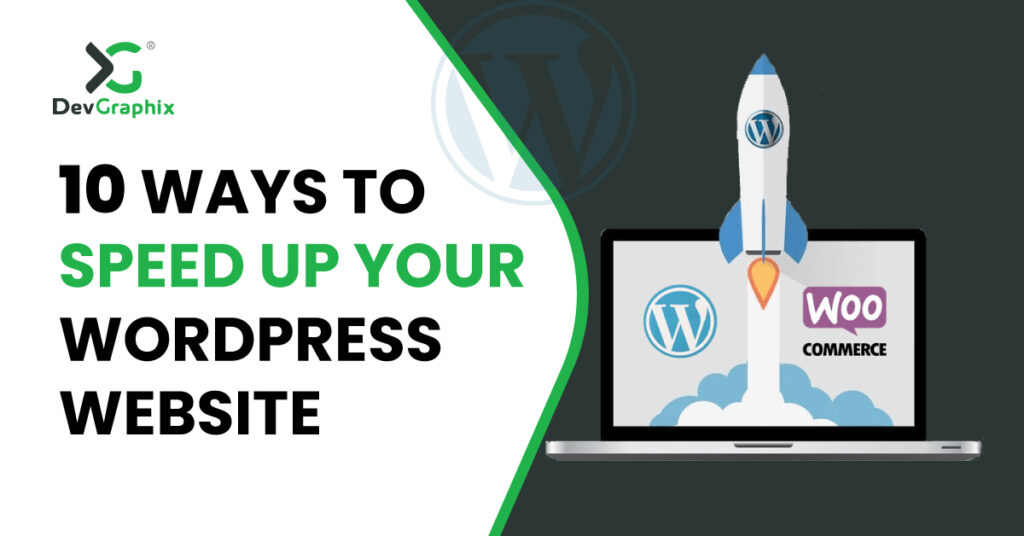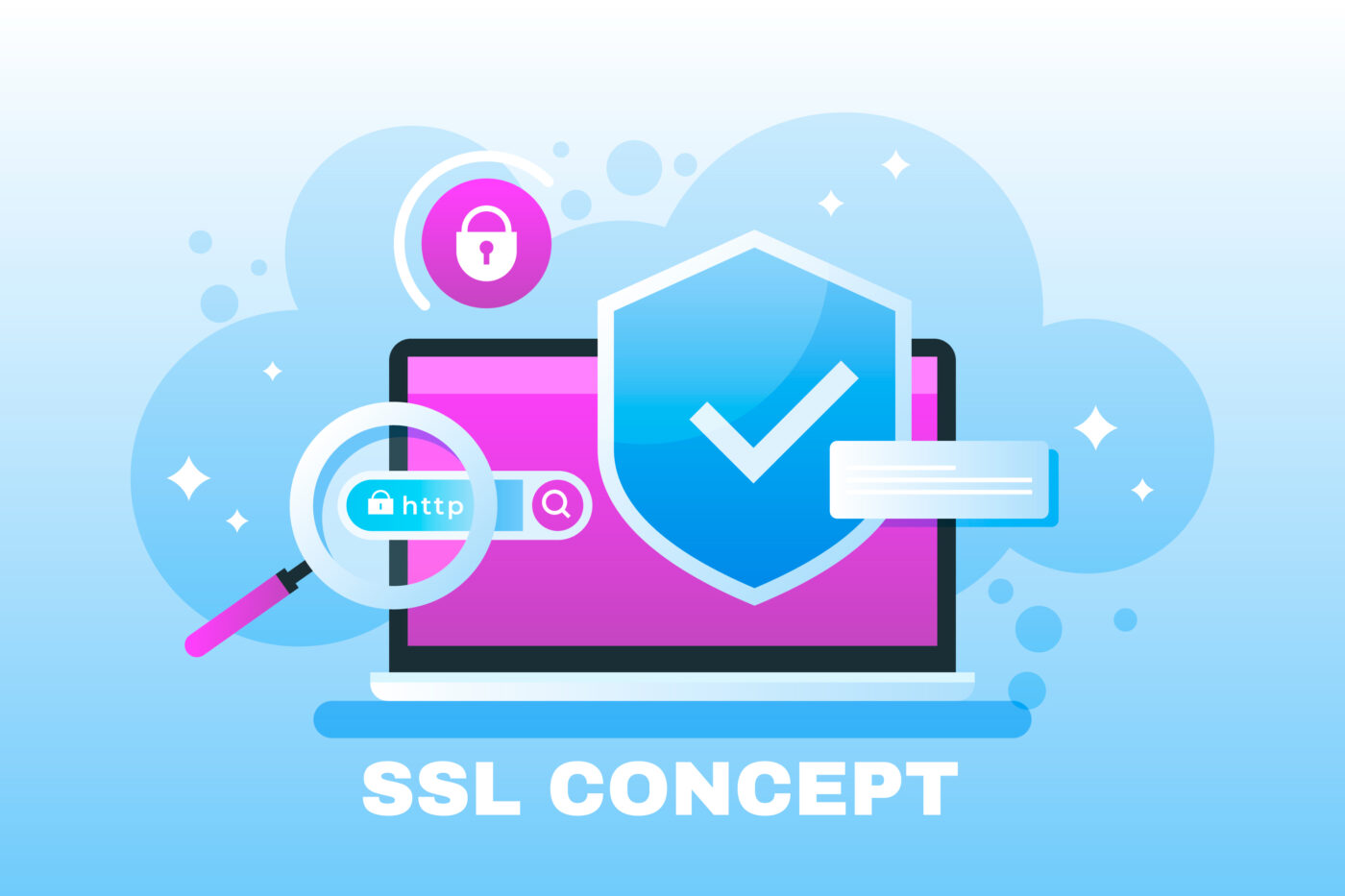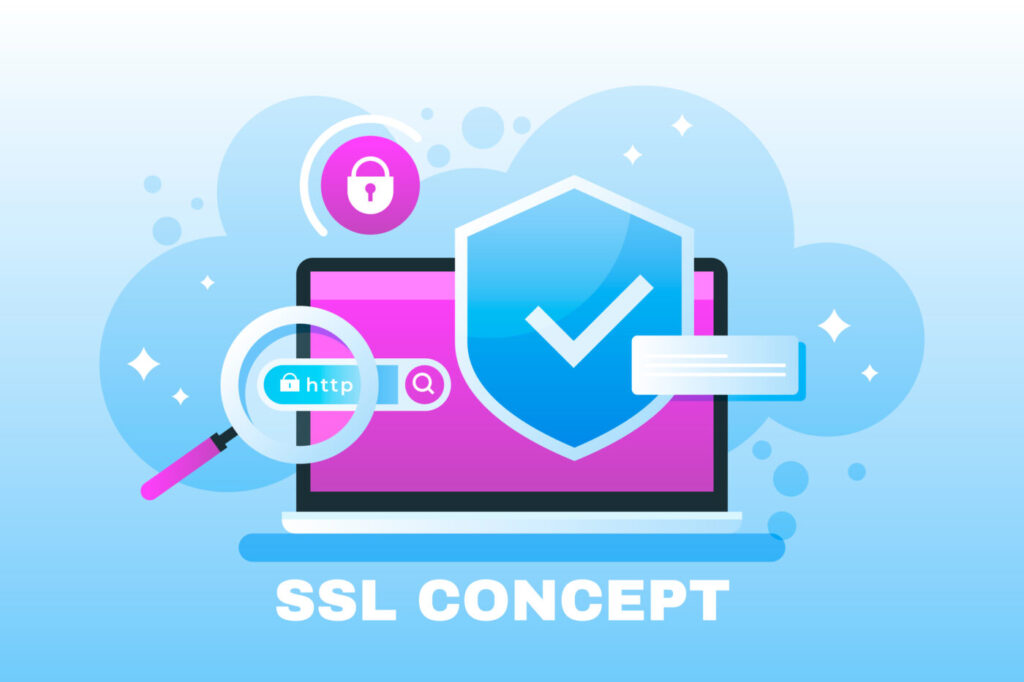Website speed optimization is essential for any website, and it is particularly important for WordPress sites. A slow website can lead to poor user experience, high bounce rates, and even lost revenue. In this blog, we will discuss 10 ways to speed up your WordPress website and improve your WordPress performance optimization. These tips will help you reduce your page load time, improve your website speed test results, and give your users a better experience.
1. Optimize Images
One of the most common ways to speed up your WordPress website is through image optimization. Large, unoptimized images can slow down your site significantly, so make sure to compress them before uploading them to your site.
Large, unoptimized images can significantly slow down a website, especially on mobile devices. Optimizing images by compressing them and reducing their file size can help to speed up the website, improving the user experience and reducing bounce rates. Also, they can improve a website’s search engine optimization (SEO). By using descriptive, keyword-rich file names and alt tags, images can be indexed by search engines and contribute to a website’s overall SEO.
Optimizing images is an important aspect of website optimization, and it is essential for improving website speed, SEO, accessibility, user engagement, and storage space. There are various tools available like TinyPNG or Kraken.io that can be utilized to compress images while preserving their quality.
2. Use a Content Delivery Network (CDN)
A Content Delivery Network (CDN) is important for the speed of a WordPress website because it helps to distribute the website’s content across multiple servers in different geographic locations. This allows users to access the website’s content from the server that is closest to them, reducing the amount of time it takes for the content to load. Additionally, a CDN can also help to reduce the load on the website’s main server, which can improve its overall performance and speed. Some popular CDN services include Cloudflare, MaxCDN, and Amazon CloudFront.
3. Use a caching plugin
WordPress caching is a must-have for any website. Caching plugins work by creating a static version of your website that is stored on the user’s browser. This means that when a user visits your site, they don’t have to wait for the server to generate the pages – they’re already loaded. There are several widely used caching plugins such as W3 Total Cache and WP Super Cache that can be implemented to improve WordPress website performance.
4. Minimize HTTP requests
Every time a user visits a page on your WordPress website, the browser has to make multiple HTTP requests to load all the resources on that page (CSS, JavaScript, images, etc.). The more requests the browser has to make, the slower your site will be. Each time a webpage loads, it makes a number of HTTP requests to the server to retrieve different resources such as images, stylesheets, and scripts. The more requests a webpage makes, the longer it will take for the page to load. By minimizing the number of requests, the website will load faster, resulting in a better user experience. Additionally, reducing the number of requests can also help to reduce the website’s overall bandwidth usage, which can lower hosting costs. You can minimize HTTP requests by combining CSS and JavaScript files, and by using CSS sprites.
5. Use a lightweight theme
The theme you use on your WordPress website can also have a big impact on its speed. Heavy, bloated themes can slow down your site significantly, so it’s important to use a lightweight theme that is optimized for speed. Some popular lightweight themes include Astra and GeneratePress.
6. Use a fast hosting provider
The hosting provider you choose can have a big impact on your site’s speed. Some hosting providers are faster than others, so it’s important to choose one that is optimized for WordPress website. Some popular hosting providers include WP Engine and Kinsta.
7. Use a plugin to lazy load images
Lazy loading images is a technique that defers the loading of images until they are in the viewport. This can significantly improve the load time of your pages, especially if you have a lot of images on your site. Some popular lazy loading plugins include BJ Lazy Load and Lazy Load by WP Rocket.
8. Use a plugin to minify CSS and JavaScript
Minifying your CSS and JavaScript files can help to speed up your site by reducing the size of these files. This means that the browser has to download less data, which results in faster page load times. Some popular minification plugins include Autoptimize and WP Minify.
9. Use a plugin to compress your pages
Gzip compression can help to speed up your site by reducing the size of the pages that are sent to the browser. This means that the browser has to download less data, which results in faster page load times. Some popular compression plugins include Gzip Compression and WP HTTP Compression.
10. Regularly clean up your database
Over time, your WordPress site’s database can get cluttered with unnecessary data, such as post revisions, trashed comments, and spam comments. This can slow down your site, so it’s important to regularly clean up your database. Cleaning a database can improve the speed of a WordPress website because it removes unnecessary data and optimizes the database tables, which can help reduce the amount of time it takes for the website to retrieve and display information. Additionally, a clean database can help reduce the amount of storage space used, which can also help improve the website’s performance. To maintain the efficiency of your website’s database, you can utilize a plugin like WP-Optimize for regular cleaning and optimization.
Conclusion
Website speed optimization is crucial for any website, and particularly for WordPress websites. By implementing the tips discussed in this blog, you can significantly improve your WordPress performance optimization and reduce your page load time. Some of the key steps include optimizing images, using a Content Delivery Network (CDN), using a caching plugin, minimizing HTTP requests, using a lightweight theme, and choosing a fast hosting provider. Additionally, lazy loading images, minifying CSS and JavaScript, compressing pages, and regularly cleaning up your database can all help to speed up your website. By implementing these tips, you can give your users a better experience, reduce bounce rates, and potentially increase revenue. It is also important to regularly monitor and test your website speed using a website speed test to ensure that your site is running at optimal speeds.











